Another year is upon us — I can tell because just yesterday I had half a dozen plant catalogs in my mailbox (and probably another half-dozen in my email). Dreaming up garden plans for the growing season is what I value most about winter. In no other season can I take the time to carefully strategize and rethink what works and what doesn’t for my landscape. Will I finally tear out the gangly plant that annoys me even though it’s healthy? What can I do for that problem area of dry shade in the corner? What are some fundamental ways in which I can garden in healthier ways for myself and wildlife? Well, here’s what I’ve been thinking and that I hope helps you this year.
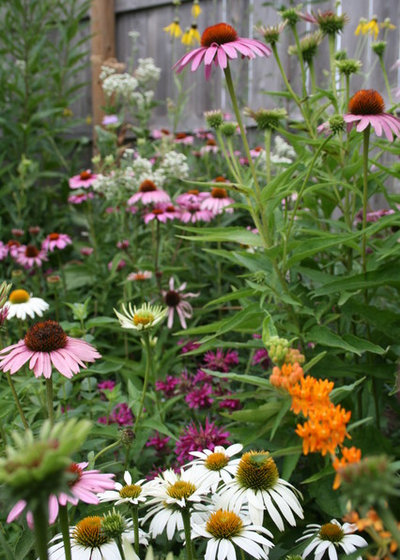
Benjamin Vogt / Monarch Gardens
Let it go to see what we can learn. This doesn’t mean I’m advocating “messy” design; instead, see what the garden has to teach you. Gardens aren’t static, and neither are we. If you let a portion of the garden be itself for the entire year, what happens? If weeds move in and current plants struggle, maybe your soil is too rich (lots of natives prefer a leaner soil and weeds love it sweet), or maybe the ground is too bare and open. If that plant you’ve been babying dies away, then good riddance –— find something more suited for the spot. Be a plant whisperer and let them tell you where they want to be, which means letting them self sow. When you do this you might also be surprised at the wondrous designs nature makes in your garden.
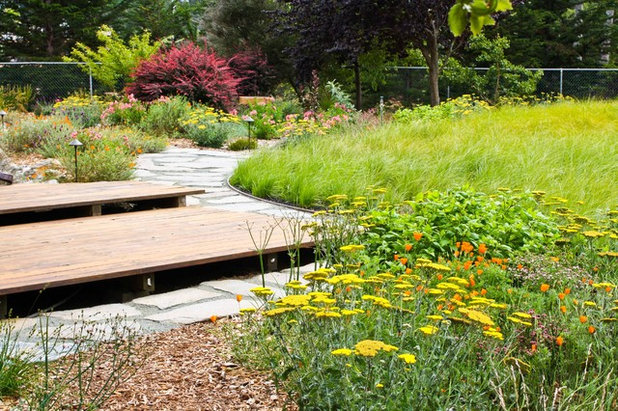
Sage Ecological Landscapes and Nursery
Stop gardening by hardiness zone. Last year I finally gave up on following hardiness zone numbers on plant tags. It’s not a very accurate or surefire way to know what will grow well for me in any circumstance. What’s tried and true are the plants from my area, so I garden by ecological zone, which means much less maintenance on my part. (I spend just a few hours of necessary work in my garden each year.)
How to Find the Right Plants for Your Garden
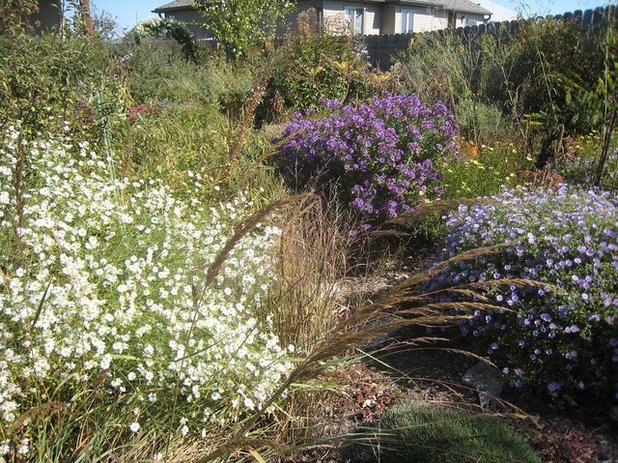
Benjamin Vogt / Monarch Gardens
Plant more native plants and fewer exotics. When I started gardening I used whatever the local nurseries had and what I thought could work. Years later I’ve found that natives work a lot better — our temperatures here in Nebraska range from minus 30 to 110 degrees Fahrenheit, and we experience weeks and months with little rain. Each year I remove a few more exotics, even if they’re performing well, because I know in the long run natives will be more robust and support more wildlife like bees, butterflies and birds. I see it every day.
Browse plants native to your region
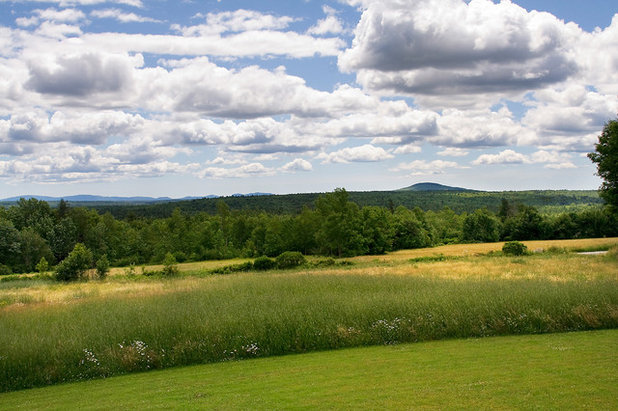
Matthew Cunningham Landscape Design LLC
Get out into nature to discover new plants and design combinations. If you’re going to be using more natives, then I strongly suggest getting out into local wilderness areas to see what’s growing. Find a spot that matches your general garden conditions — dry, shady, wet or sunny — and observe what’s naturally growing there. If don’t know what a plant is, take a photo and ask your local university extension to identify it, or download any number of helpful plant I.D. apps for your phone. Consider also visiting local botanical gardens or demonstration gardens that feature native plants in a design setting. It’s not a guarantee that the plant will do well for you since the soil life will likely be different in your garden, but it’s a much safer bet than coddled plants in fertilized nursery pots.
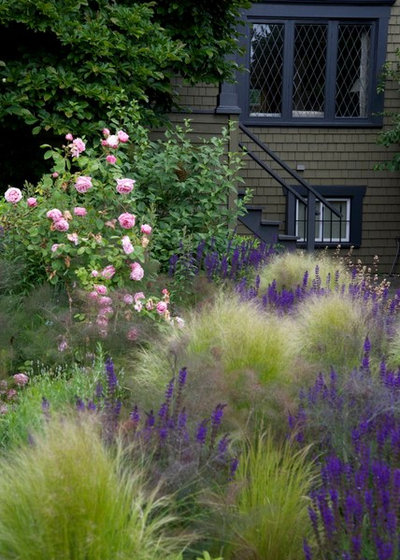
CYAN Horticulture
Plant more grasses. If you have a bed or border filled to the brim with mostly flowering perennials and annuals, you may be missing out on the wildlife habitat and four-season beauty that grasses provide. Squeeze in more grasses here and there to help compete against weeds, conserve soil moisture, provide shelter for wildlife and give birds spring nesting material. In addition, grasses may help buttress flowers that tend to flop and cover up any lower leaves that look unsightly as the season goes on. (I’m looking at you, asters.)
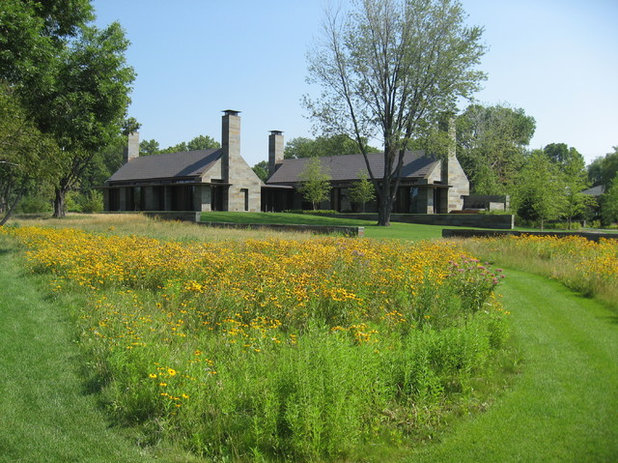
Martin Patrick 3
Lose the lawn. Even if you tear out a few square feet, you’re striking a blow in favor of sustainable landscape design. Gardens increase biodiversity, create a place to foster children’s creativity and imagination and encourage neighborhood engagement and sense of community. Why not have a more carefree garden full of native plants that requires an hour of cutting down each spring versus hours upon hours of weekly mowing?
How to Replace Your Lawn With a Garden
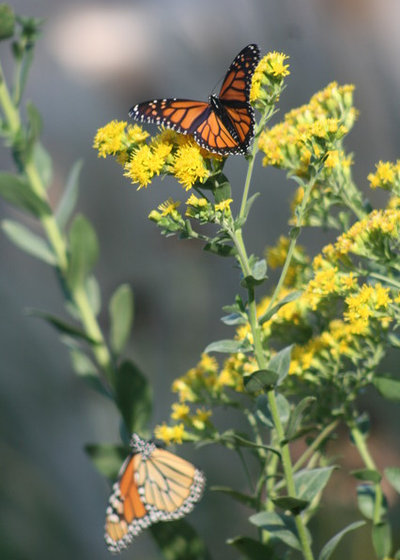
Benjamin Vogt / Monarch Gardens
Take more photos. The key to beautiful, low-maintenance gardening is knowing your plants. The more you know, the more you can make smart decisions that will pay off for years to come. It’s like taking the time to research a healthcare plan.
Taking pictures is an easy way to get to know your plants and what wildlife are using them. Don’t worry if the photos aren’t gallery quality; just take plenty of photos of blooms, spiders, flies, bees and assassin bugs. Take photos of the same plant every few weeks throughout the seasons, and then compare to previous years to see how well it is or isn’t doing. (You might need to give up on it, move it or divide it to reinvigorate.) Photos also help you see how plants are benefitting wildlife every season, especially in winter and summer. And while you’re out there zooming in you’ll slowly notice more and more, becoming a larger part of the garden and the natural world beyond. Isn’t that all why we dig plants?
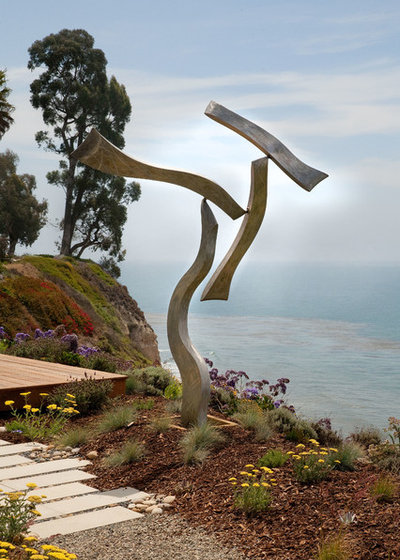
Margie Grace - Grace Design Associates
Shop local for everything. Support your community nurseries, garden centers, hardware stores and other landscape-related businesses by buying everything for your garden locally. Find tools, garden art, bee houses and bird houses at local craft fairs and art galleries, or hop online if that doesn’t work. I’ve found local blacksmiths and other artisans through online shops.
Tell us: What are your garden plans and do you plan to use any of the above ideas this year?





